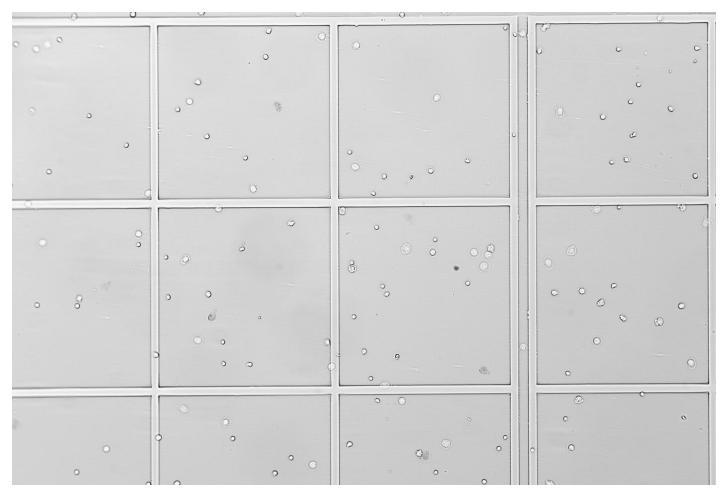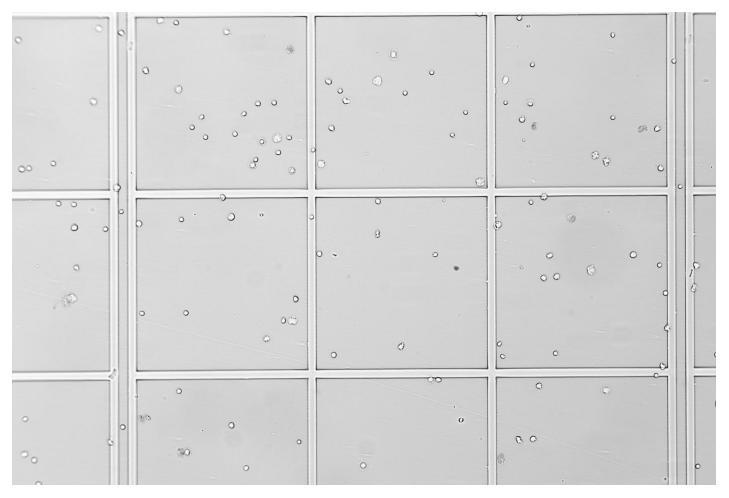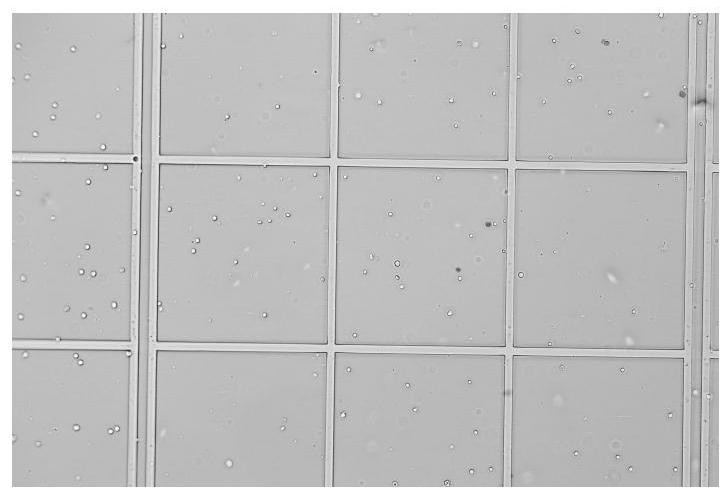Low-temperature dissociation kit suitable for single cell sequencing and application thereof
A single-cell sequencing and kit technology, which is applied in the biological field, can solve the problems that protease cannot be stored for a long time and limit its wide application, and achieve the effects of simple operation, improving data quality and avoiding operation errors.
- Summary
- Abstract
- Description
- Claims
- Application Information
AI Technical Summary
Problems solved by technology
Method used
Image
Examples
Embodiment 1
[0083] This example describes the application of the kit of the present invention (stored at -20°C for 6 months) in single-cell sequencing of rat lung tissue. The working concentration of low-temperature protease in the kit of the present invention is 5 mg / mL, and the CaCl in enzymolysis buffer 1 2 The working concentration of DNase I was 5 mM, and the working concentration of DNase I in enzymatic digestion buffer 2 was 100 U / mL.
[0084] 1) Prepare reagents.
[0085] Before starting to prepare samples, take out the enzymatic hydrolysis solution, enzymatic hydrolysis buffer 1, and enzymatic hydrolysis buffer 2 from the -20°C refrigerator, and place them on ice until they melt.
[0086] 2) Prepare the sample.
[0087] The freshly obtained rat lung tissue was placed in a petri dish containing DMEM medium pre-cooled on ice. Rinse the tissue with pre-cooled DMEM medium on ice, suck out the rinsed medium, and then add new pre-cooled medium, repeat this process 3 times until no o...
Embodiment 2
[0105] This example describes the application of the kit of the present invention (-20°C, stored for 6 months) in single-cell sequencing of human tonsil tissue. The working concentration of low-temperature protease in the kit of the present invention is 5 mg / mL, and the CaCl in enzymolysis buffer 1 2 The working concentration of DNase I was 5 mM, and the working concentration of DNase I in enzymatic digestion buffer 2 was 100 U / mL.
[0106] 1) Prepare reagents.
[0107] Before starting to prepare samples, take out the enzymatic hydrolysis solution, enzymatic hydrolysis buffer 1, and enzymatic hydrolysis buffer 2 from the -20°C refrigerator, and place them on ice until they melt.
[0108] 2) Prepare the sample.
[0109] The freshly obtained human tonsil tissue was placed in a petri dish containing DMEM medium pre-cooled on ice. Place the petri dish on ice, rinse the tissue with DMEM medium pre-cooled on ice, suck out the rinsed medium, and then add new pre-cooled medium, repea...
Embodiment 3
[0127] This example describes the application of the kit of the present invention (stored at -20°C for 6 months) in single-cell sequencing of mouse liver tissue. The working concentration of low-temperature protease in the kit of the present invention is 5 mg / mL, and the CaCl in enzymolysis buffer 1 2 The working concentration of DNase I was 5 mM, and the working concentration of DNase I in enzymatic digestion buffer 2 was 100 U / mL.
[0128] 1) Prepare reagents.
[0129] Before starting to prepare samples, take out the enzymatic hydrolysis solution, enzymatic hydrolysis buffer 1, and enzymatic hydrolysis buffer 2 from the -20°C refrigerator, and place them on ice until they melt.
[0130] 2) Prepare the sample.
[0131] The freshly harvested mouse liver tissue was placed in a petri dish containing DMEM medium pre-cooled on ice. Place the petri dish on ice, rinse the tissue with DMEM medium pre-cooled on ice, suck out the rinsed medium, and then add new pre-cooled medium, re...
PUM
| Property | Measurement | Unit |
|---|---|---|
| thickness | aaaaa | aaaaa |
Abstract
Description
Claims
Application Information
 Login to View More
Login to View More - R&D
- Intellectual Property
- Life Sciences
- Materials
- Tech Scout
- Unparalleled Data Quality
- Higher Quality Content
- 60% Fewer Hallucinations
Browse by: Latest US Patents, China's latest patents, Technical Efficacy Thesaurus, Application Domain, Technology Topic, Popular Technical Reports.
© 2025 PatSnap. All rights reserved.Legal|Privacy policy|Modern Slavery Act Transparency Statement|Sitemap|About US| Contact US: help@patsnap.com



